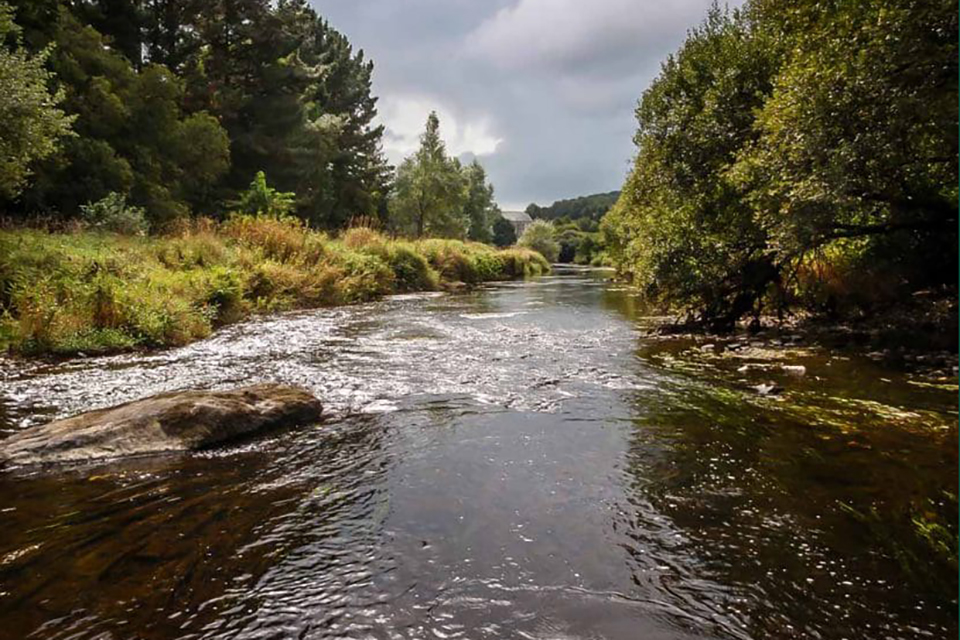
New research reveals a marked shift in the landscape of Northwestern France in Late Antiquity and the early Middle Ages
During the period from ca. AD 300–600, early medieval Europe was on the cusp of a significant climatic shift. Marked by stormy weather and shifts in dynamic precipitation levels, the landscapes in Northwestern France changed. Likely caused by a mixture of cyclical variations in solar activities with shifts in the ocean and atmospheric activities, these changes were also reinforced by volcanic events in AD 536, 40, 74 and 626. Exactly which impact each of these explanatory factors contributed is still under debate. However, the deserted and reforested character of large stretches of Europe can no longer be questioned.
Recently, the same consequences were detected at the Bay of Brest in a study undertaken by a French group of scientists led by Claude Lambert, who has carried out a series of palynological studies at the Bay of Brest. The Bay is a shallow near-enclosed basin covering 180 km2 and surrounded by a 250 km long coastline. Two rivers – the Aulne and the Élorn – flow into the Bay.
Read the rest of this article...
No comments:
Post a Comment